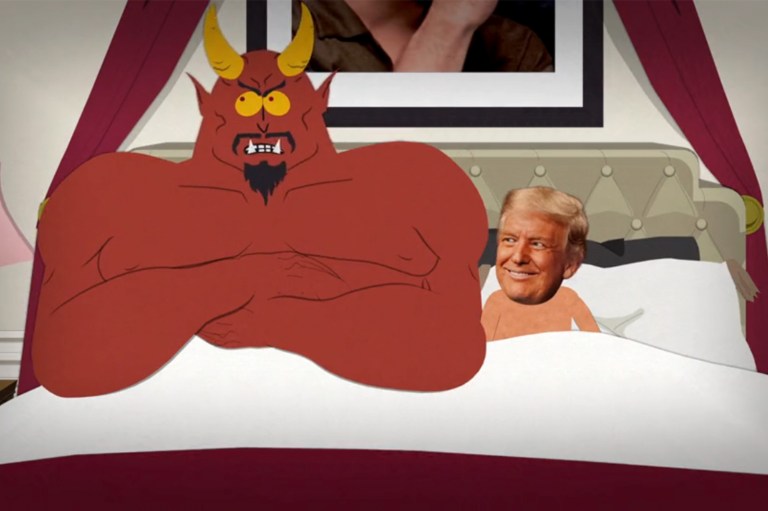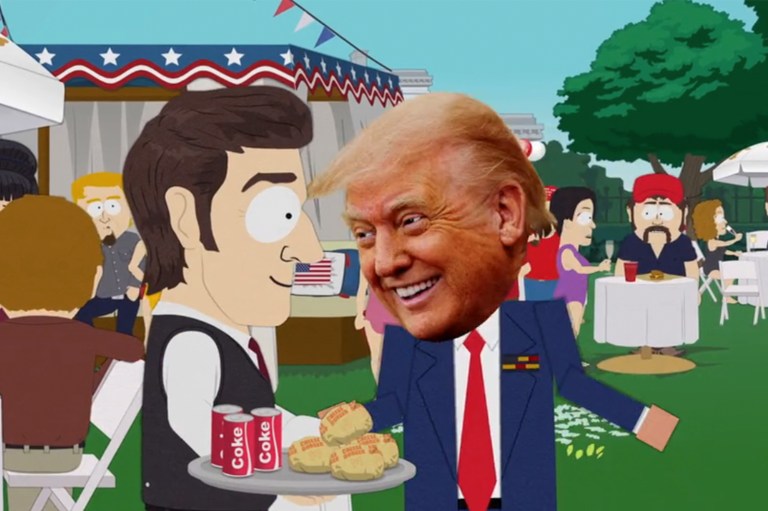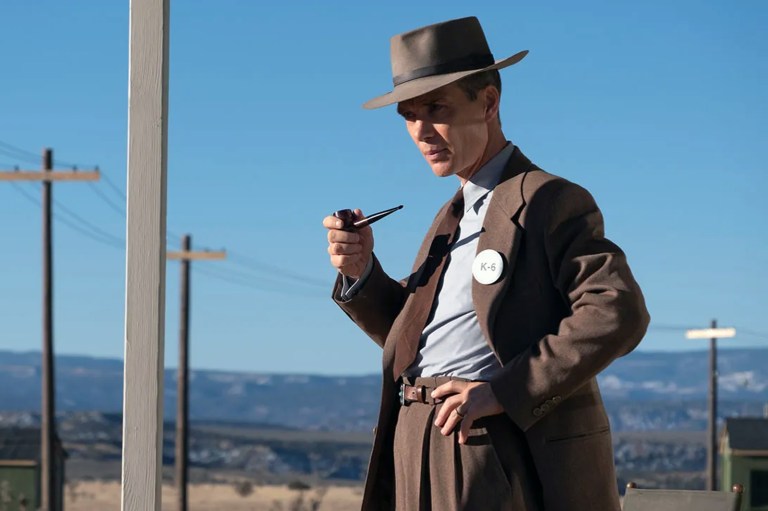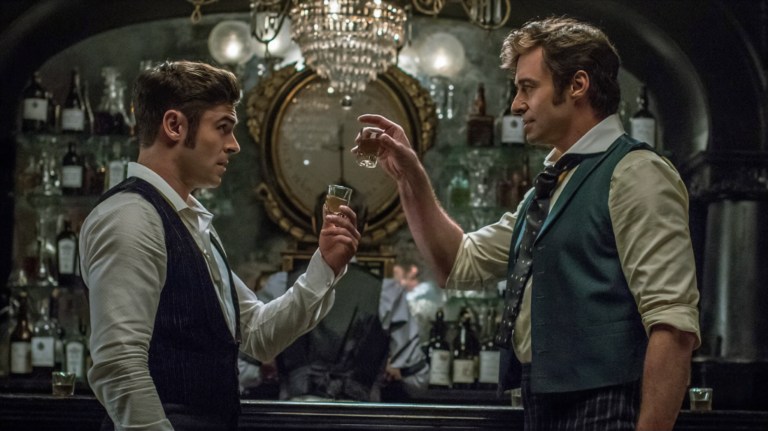Macklemore’s ‘White Privilege II’ Deserves Praise (And Criticism)
“You think you want white people to talk about white privilege, white supremacy, and race, and then they do, and many times, you’re left thinking, ‘never mind.'” I said this once to a friend; unsurprisingly a friend of color. Put differently, the average white person is either “bad” at talking about race, or simply doesn’t know how to begin, even with the best of intentions.
Intentions, I argue, are important. But mostly only to the individual agent who performs an act. Especially in the context of race and racism, and the societal and institutional consequences that are faced as a result, we can measure consequences but we cannot measure intentions. In this way, when doing discourse analysis, intentions are for the birds. This is important because in what has been a storm of opinions since the recent release of Macklemore’s White Privilege II – some thoughtful, many frivolous and superficial – what is important, I think, is to not spend time focusing on Macklemore’s assumed intentions in this track, but rather what the track as a text is doing, and what Macklemore is doing in it.
Listening to the nine-minute track, it is clear that White Privilege II takes on a specific sound that, while we may not be accustomed to hearing from Macklemore and Ryan Lewis, there are definite elements of their particular style and production. While some have discounted the music’s construction by entirely questioning whether the track even qualifies as a “song,” it would do us some good to remember that art, and especially the kind that is birthed of the rich diversity of black culture, is inherently dynamic.
The song’s musical arrangement is certainly one that travels, although one wonders if it isn’t doing too much for a single track. As a friend who has formerly worked in music production said when I asked his opinion, “It’s almost as if there are three or four songs turned into one.” The anatomy of the song however, clearly depicts a track made for storytelling; stories that connect, but not necessarily chronologically. Beat and rhythm however, can be a matter of taste and experience. Besides that, the storytelling sound positions the song such that the lyrics take full precedent in delivering the social and cultural implications of the message.
While one can write an entire thesis, deconstructing line by line, arguing one way or the other, as to whether the lyrics are the ramblings of a white man overly self-aware of white privilege, and this text is a confession of white guilt; or the text is the ultimate manifestation of the white savior mentality masquerading as the work of activism, in an attempt to create a piece of hip-hop music. Or it is an honest piece of art from someone aware of his position in society, and the juxtaposition of this position in an art form that was historically used as resistance against people in his societal position. Or it is an observation of important race phenomena and social conversations of his time. It could, in fact, be all of the above. The lens used in analysis is as important as the analysis itself.
There are some conclusions nevertheless, that can be drawn in analysis of White Privilege II that transcend lens. The song explicitly calls out the appropriation of black culture by two highly visible culprits that have faced continuous criticism – Miley Cyrus and Iggy Azalea. Importantly, the lyrics also call out a historical figure – Elvis – revealing that appropriation and “who” becomes the face of a specific art form is not a new thing, but rather an old one. (In case you were wondering, for some, Elvis’ privilege is the reason he is known as the king of rock n’ roll, and not Chuck Berry.) However, it is also important to note that while the lyrics do point fingers away from Macklemore, throughout the lyrics there is an awareness of his position as a white male. There is an understanding of the larger societal benefit of this position that infiltrates a subculture that he participates in, but one in which his membership is seen as that of a guest, and not a host.
Throughout the song, Macklemore highlights the important race conversations of the time – Black Lives Matter, police brutality, the politics of identity, the fine line one walks in participating in cultures they are not seen as “belonging” to, and of course, privilege, and its complexity. So the question, I think, after listening to the song and deducing the social conversations it wrestles with, is, “How do we critic Macklemore’s song without simply reducing it and him to ‘never mind’?
![]()
My academic scholarship is in race, it plays a significant role in my public writing, and in my personal life. Like most black people in the United States, I am not afforded the freedom of living my life, colorblind. Moreover, given history and context, I don’t have the desire to do so anyway. But in the last few months where race conversations are concerned, there is a question I have been haunted by, and I think the culture too has been haunted by: What do we actually want from white people in race conversations? Because silence about race and racism is a tool of white supremacy – it protects it. But having to deal with the miseducation and misunderstanding of race and its implications that many white people have on a daily basis, is not something I want to sign up to do – the exception being in a classroom.
Macklemore’s text in White Privilege II is one where we must be deliberate in how we analyze its implications. Indeed, Macklemore is not saying anything that people of color have not been saying for centuries. Lyrically, it is not revolutionary in its storytelling. In the type of storytelling it attempts, Reflection Eternal’s Four Women comes to mind in style, and I would argue, with greater conviction and less uncertainty.
Still, it is that very uncertainty that ought to be appreciated in White Privilege II. The uncertainty that the artist is discussing things that are difficult for someone in his societal position to be doing; while attempting it, he questions his right to attempt it. This depicts an acknowledgement that he is conscientiousness of how to maneuver his privilege. In addition, Macklemore is saying things that the average white person likely does not have to confront in their ordinary lives. In the historical and cultural climate that we express ideas and engage in conversations on race – this is significant.
I will admit that I, in particular, have had to eat my words in the last year or two about Macklemore and Ryan Lewis. Almost to the date, two years ago, I wrote a snarky piece condemning the Grammy rap album of the year that Macklemore won over Kendrick Lamar. Where did the condemnation come from? The knowledge of the role white privilege plays in art, and even in art that is historically black. Macklemore is exploring this knowledge, albeit imperfectly in White Privilege II in a way that is relevant and honest. In doing so, he finds a way to not only respond to one approach a white person or white people might take in discussing privilege, he forces us all to reconsider the candor and care we approach in race conversations, and the manner in which we critic speakers and their words. ![]()











